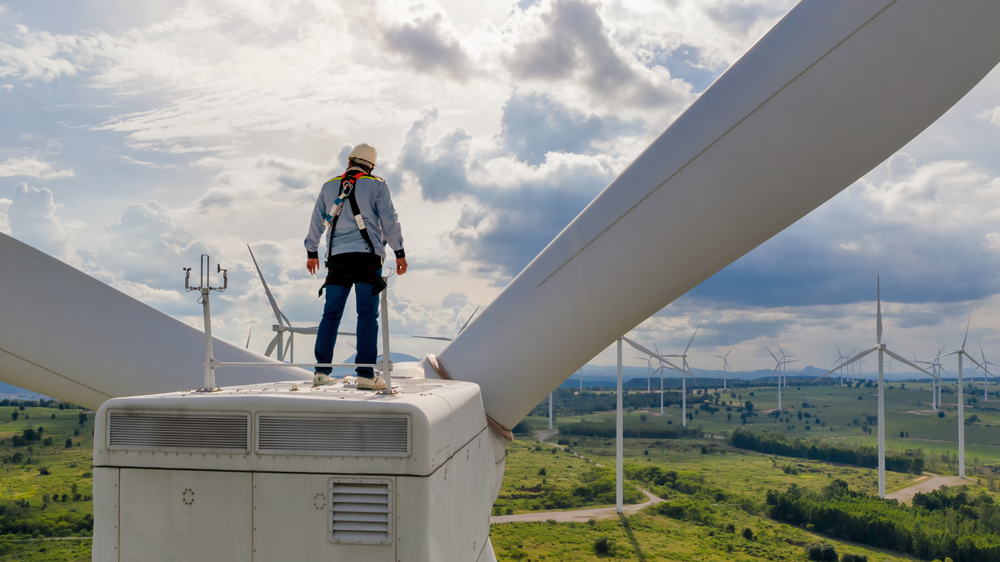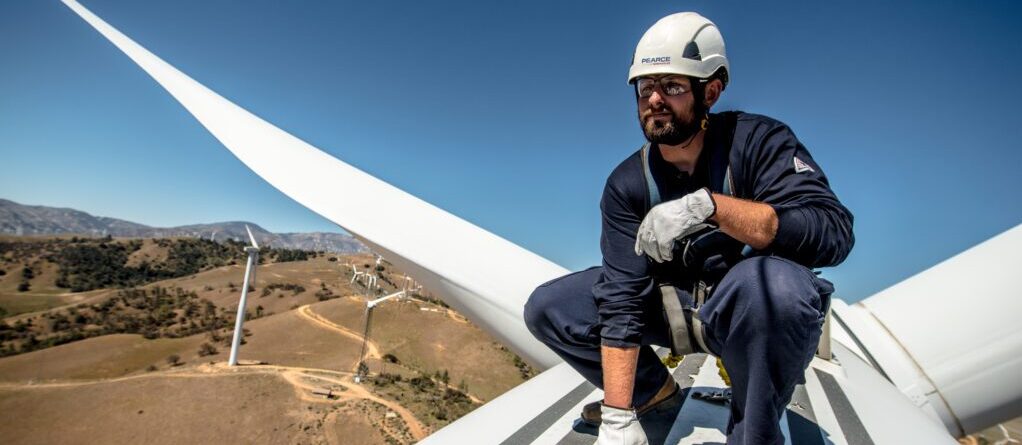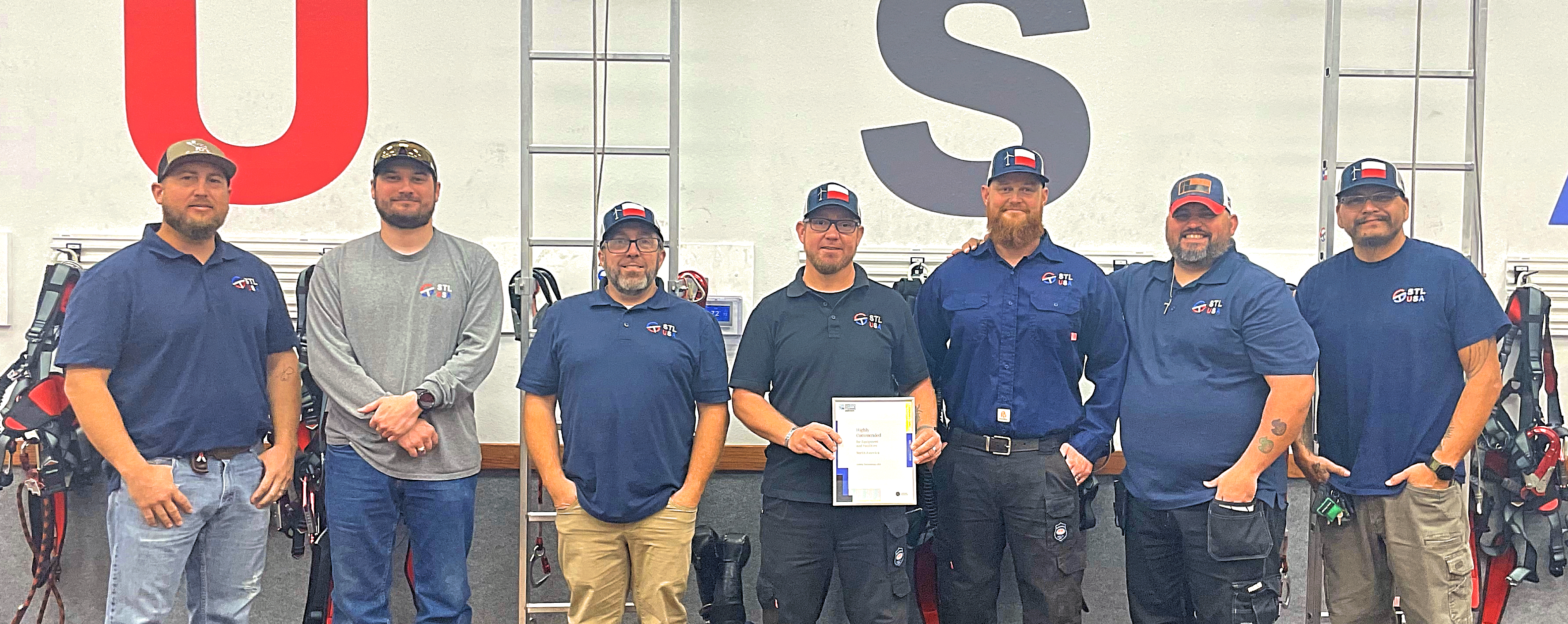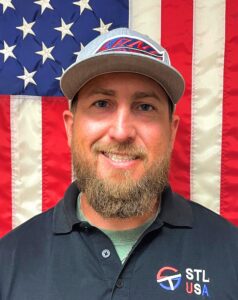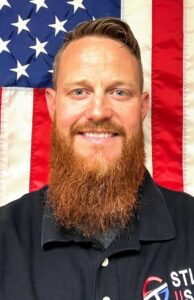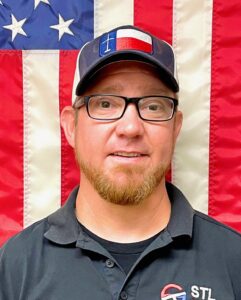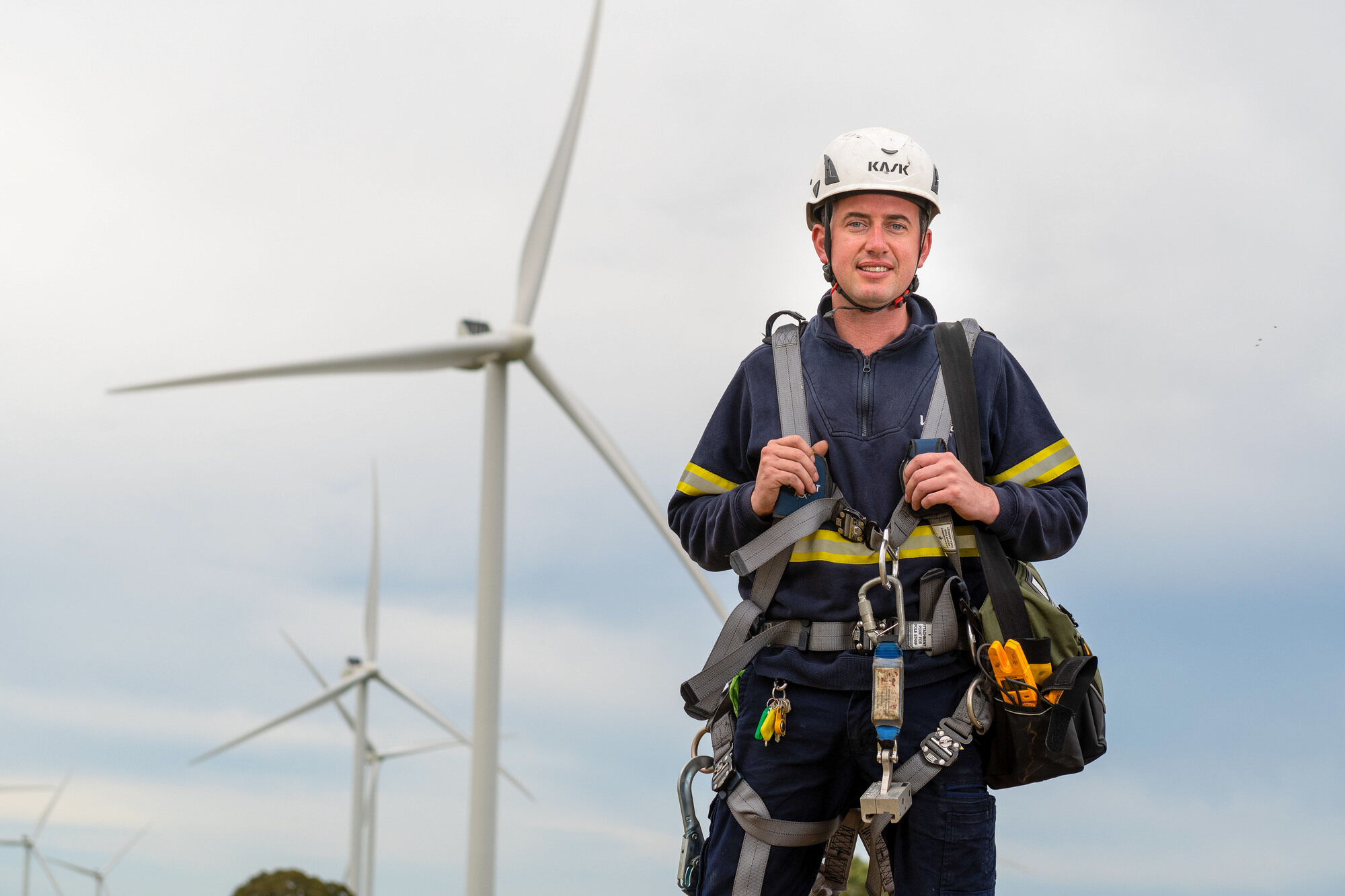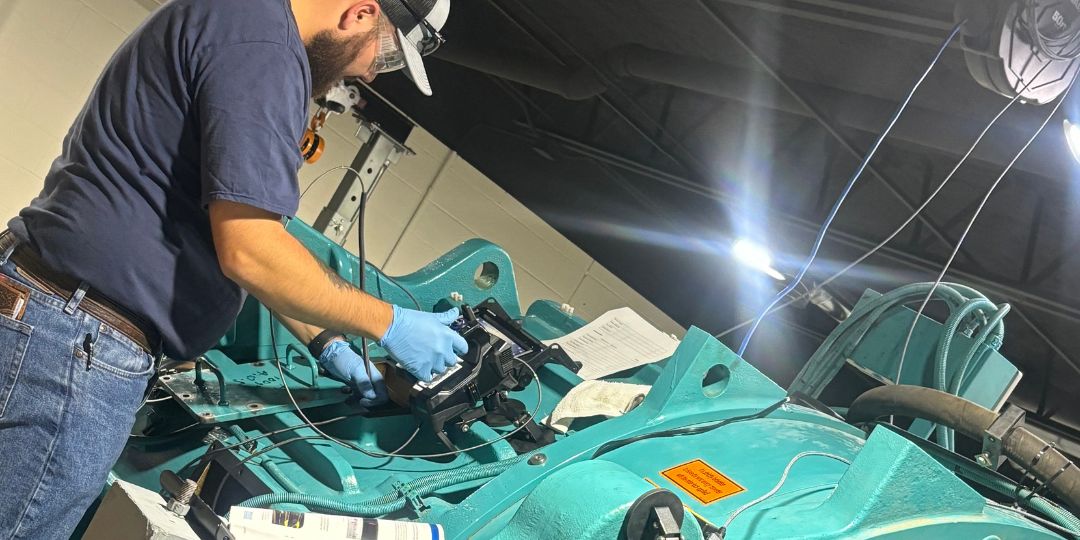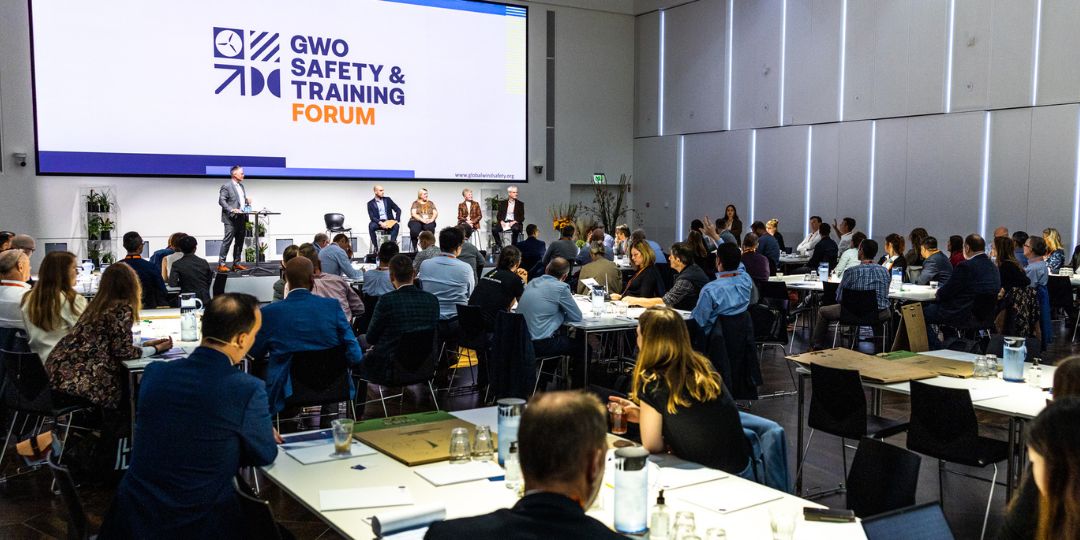A Comprehensive Guide to GWO Course Content, Duration, and Prerequisites
The Global Wind Organisation (GWO) has established a robust set of courses designed to equip wind turbine technicians with essential safety, technical, and operational skills. These courses cover critical areas such as working at heights, manual handling, fire awareness, first aid, and more. They are structured to ensure that technicians not only meet industry standards but also work in environments where safety and competency are prioritized. Below, we’ll explore each of the primary GWO courses in detail, including their content, duration, prerequisites, and requirements for refresher courses.
1. GWO Basic Safety Training (BST)
The GWO Basic Safety Training (BST) is the foundational training course for all wind technicians, covering key safety competencies needed in turbine environments. The course includes several modules, each designed to prepare technicians for specific scenarios.
Modules:
- Working at Heights: This module focuses on safely performing tasks at height, using fall protection equipment, and performing rescue operations.
- Manual Handling: Technicians learn proper techniques for lifting, carrying, and moving loads to prevent injury.
- First Aid: This module covers essential first aid skills, including CPR, wound management, and dealing with life-threatening injuries.
- Fire Awareness: Trainees learn about fire prevention, handling flammable materials, and safe evacuation procedures.
Duration: The full BST course takes approximately 4-5 days, with each module ranging from 4-8 hours depending on the specific training provider and content.
Refresher Requirements: The BST modules require refresher training every two years to ensure that technicians’ skills remain sharp and current with evolving safety practices.
Prerequisites: The BST course itself does not have prerequisites and is often the entry point for new technicians entering the wind energy industry.
2. GWO Basic Technical Training (BTT)
The GWO Basic Technical Training (BTT) course is designed to provide foundational technical knowledge essential for wind turbine operation and maintenance. It covers electrical, mechanical, and hydraulic systems, as well as installation basics.
Modules:
- Mechanical Module: This module covers the operation and maintenance of turbine mechanics, including gearboxes, drive trains, and other components.
- Electrical Module: Technicians are trained in electrical systems, focusing on safety, basic troubleshooting, and maintenance.
- Hydraulic Module: This section addresses hydraulic systems within turbines, including maintenance and troubleshooting procedures.
- Installation Module (optional): This additional module focuses on the safe and efficient installation of turbine components.
Duration: The full BTT course lasts approximately 3-4 days, with each module taking 6-8 hours.
Refresher Requirements: Unlike the BST course, the BTT course does not have a formal requirement for refresher training; however, some companies may require periodic refreshers based on specific job roles and responsibilities.
Prerequisites: The BTT course is a follow-up to the BST and generally requires that trainees have completed the BST modules, especially when practical training at heights or manual handling is involved in BTT sessions.
3. GWO Advanced Rescue Training (ART)
Advanced Rescue Training (ART) is a critical course for experienced technicians working in higher-risk areas, especially those involved in rescue operations. ART builds on the skills learned in BST and provides more detailed techniques for complex rescues.
Modules:
- Nacelle, Tower, and Basement Rescue: This module focuses on rescue operations in confined and challenging spaces such as nacelles, towers, and basements.
- Hub, Spinner, and Blade Rescue: This module provides training for rescue scenarios in the hub, spinner, and blades of wind turbines, which can be especially dangerous.
Duration: The ART course typically requires 4 days, with each module taking between 8-10 hours.
Refresher Requirements: Like the BST, ART requires refreshers every two years to maintain certification.
Prerequisites: Technicians must complete BST before enrolling in ART. Additionally, some training providers recommend having practical experience in wind turbine operations prior to ART enrollment.
4. GWO Enhanced First Aid (EFA)
The Enhanced First Aid (EFA) course offers advanced first aid skills beyond what is covered in the BST First Aid module. This course is suited for technicians in remote areas where immediate medical support may not be readily available.
Modules:
- Advanced Life Support: Technicians are trained in advanced resuscitation techniques, trauma management, and handling severe injuries.
- Extended Trauma Care: This module focuses on extended trauma care in remote settings, including managing injuries for prolonged periods.
Duration: The EFA course lasts 2 days, with each day covering approximately 8 hours of training.
Refresher Requirements: EFA also requires refreshers every two years.
Prerequisites: While EFA does not have mandatory prerequisites, it is recommended for technicians who have already completed BST First Aid.
5. GWO Slinger Signaller (SLS)
The Slinger Signaller (SLS) course focuses on the skills needed to safely handle slinging, signaling, and load management in turbine environments. This is especially relevant for technicians involved in lifting and load-handling operations.
Modules:
- Load Preparation and Handling: Technicians learn how to prepare and manage loads safely for crane and hoist operations.
- Communication and Signaling: Training includes effective communication skills and signaling techniques to ensure safe lifting and handling operations.
Duration: The SLS course takes approximately 1 day.
Refresher Requirements: Like many other courses, the SLS module requires refreshers every two years.
Prerequisites: Completion of BST, particularly the Manual Handling module, is recommended before enrolling in SLS.
Summary of GWO Courses, Duration, and Refresher Requirements
| GWO Course | Modules | Duration | Refresher Requirement | Prerequisites |
|---|---|---|---|---|
| Basic Safety Training (BST) | Working at Heights, Manual Handling, First Aid, Fire Awareness | 4-5 days | Every 2 years | None |
| Basic Technical Training (BTT) | Mechanical, Electrical, Hydraulic, Installation (optional) | 3-4 days | None (company-dependent) | BST recommended |
| Advanced Rescue Training (ART) | Nacelle, Tower, and Basement Rescue; Hub, Spinner, and Blade Rescue | 4 days | Every 2 years | BST |
| Enhanced First Aid (EFA) | Advanced Life Support, Extended Trauma Care | 2 days | Every 2 years | BST First Aid recommended |
| Slinger Signaller (SLS) | Load Preparation, Communication & Signaling | 1 day | Every 2 years | BST Manual Handling recommended |
Conclusion
By understanding the specific GWO course content, duration, and refresher requirements, companies can more effectively plan their technicians’ training paths. For entry-level technicians, BST provides essential safety skills. For those looking to specialize, BTT, ART, EFA, and SLS courses offer targeted technical and rescue skills. With this information, companies can streamline training schedules, ensure compliance, and maintain a workforce that’s prepared for the unique challenges of the wind energy industry.
Book your GWO training now
Click the button to submit your enquiry

